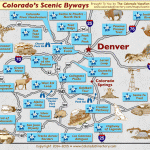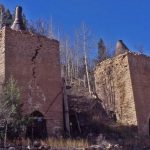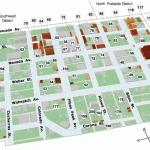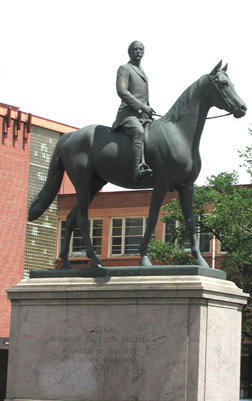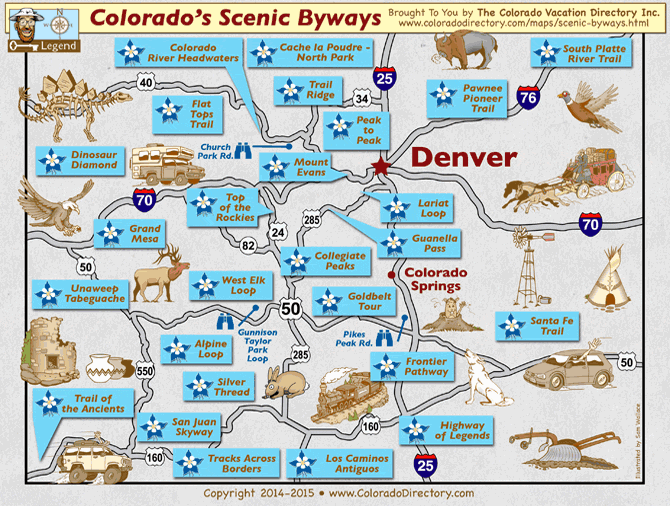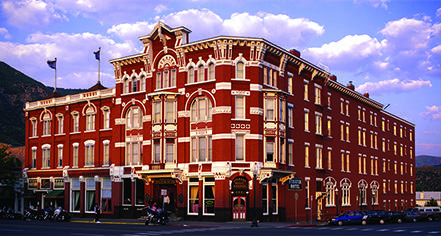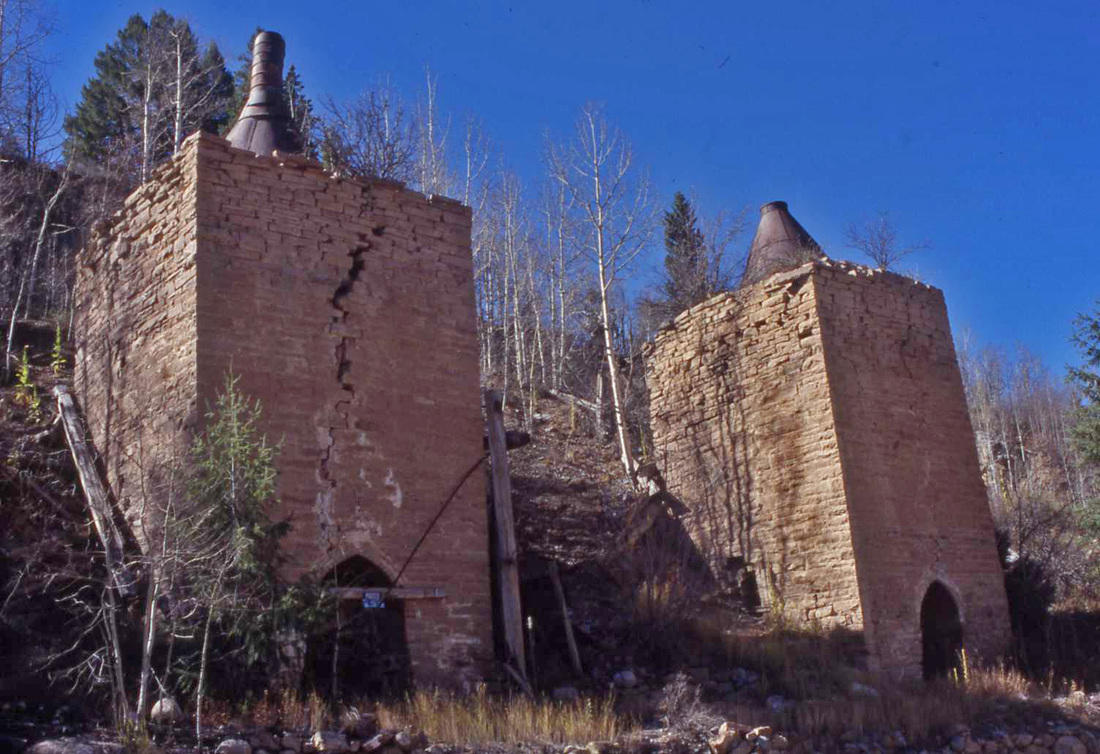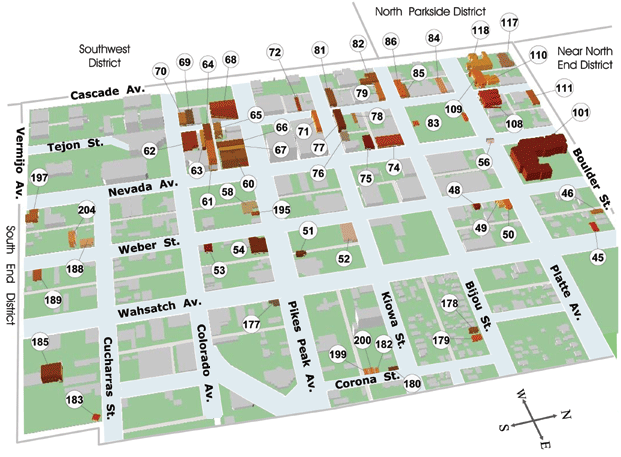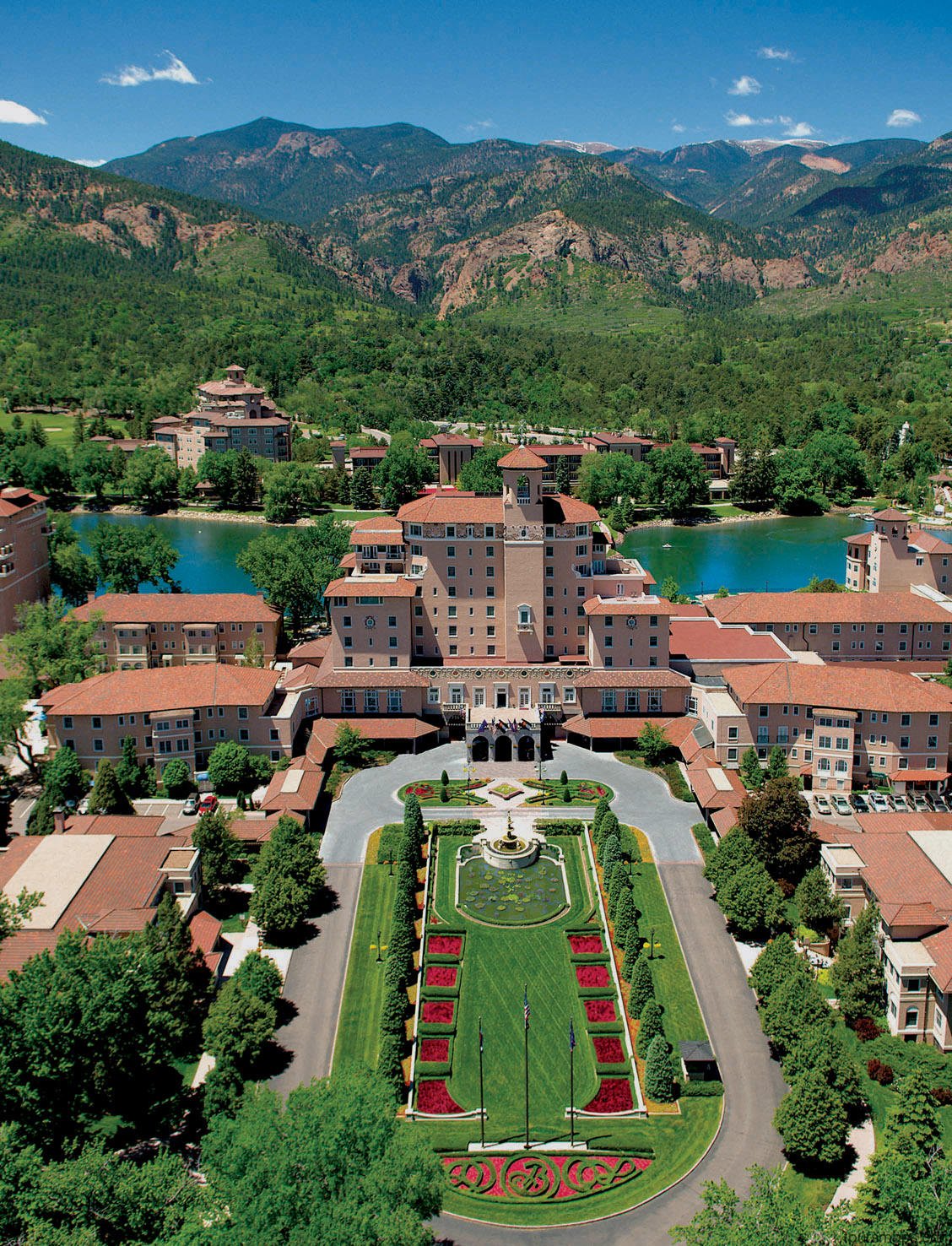Spanish and Mexican Eras
The earliest Spanish forays into the land that would become the state of Colorado began as early as 1776 the year North American revolutionaries issued their Declaration of Independence. That year, two Spanish priests, Francisco Atanasio Dominguez and Silvestre Velez de Escalante, along with eight other men, led an expedition through western Colorado, traversing through the San Juan Mountains of Colorado. They were followed in 1779 by New Mexican Governor Don Juan Bautista de Anza, along with 573 men, who set out to attack the Numunah (Comanche Indians) over the Front Range to Colorado’s eastern foothills. Governor de Anza also attempted to establish the first Spanish settlement, near present-day Pueblo, in 1787. He did this by first negotiating peace with native communities in the area, which was an extraordinary feat at the time.
Although the settlement eventually failed, it was the first attempt at permanent settlement by a group of Europeans in what is today Colorado. These early racial encounters would begin a complex process of negotiation among racial, ethnic, and cultural groups, which would dominate the history of Colorado.
After Mexico won independence from Spain in 1821, its leaders opened up trade with foreign nations along the newly established Santa Fe Trail. This trade route brought U.S. and French Canadian traders into the soon-to-be U.S. Southwest, altering the power dynamics in a region that had been populated mainly by Mexicans and Native Americans. Places such as Bent’s Fort and Fort Pueblo would become centers of cultural exchange between Mexicans, Indians, and Anglos.
By the 1830s, the Mexican Governor of New Mexico began to implement a policy of distributing large land grants to Mexican citizens along its northern frontier what is today northern New Mexico and southern Colorado. Mexico intended the land grants to form a buffer against a rapidly expanding, Manifest Destiny-inspired American nation. This policy was in place until the beginning of the Mexican-American War in 1846. Present-day southern Colorado included portions of some of the largest land grants: the Vigil & St. Vrain Grant, the Conejos Grant, the Beaubien & Miranda Grant, and the Sangre de Cristo Grant. These land grants left a legacy of legal and political confusion that Colorado courts would continue to grapple with throughout the twentieth century and into the twenty-first.
On these grant lands, Spanish-surnamed settlers founded the first permanent (nonindigenous) towns in Colorado. These settlements would become the bedrock for Latino history and culture in Colorado, especially that which would dominate southern Colorado. The history of Colorado’s oldest town offers a glimpse into the richness and complexity that characterized Colorado’s early Latino settlements.
San Luis de la Culebra was founded in 1851 by a small group of settlers from New Mexico. The town was situated in the San Luis Valley, on the 1 million acre Sangre de Cristo land grant. Manuel Armijo, Mexican Governor of New Mexico, had issued the grant to two naturalized Mexican citizens in 1843, but immediate efforts to populate the grant were allowed by the outbreak of war between the United States and Mexico. After the two original grantees were killed in 1847, the grant fell into the hands of Carlos Beaubien, a naturalized Mexican citizen of French Canadian descent, who had risen to political and social prominence in New Mexican society. Beaubien would face many challenges as executor of the grant one of them being the arrival of a new political system.
Colorado historical overview Photo Gallery
Maybe You Like Them Too
- The Best Cities To Visit in The World
- World’s 10 Best Places To Visit
- Coolest Countries in the World to Visit
- Travel to Santorini, Greece
- Map of Barbados – Holiday in Barbados


